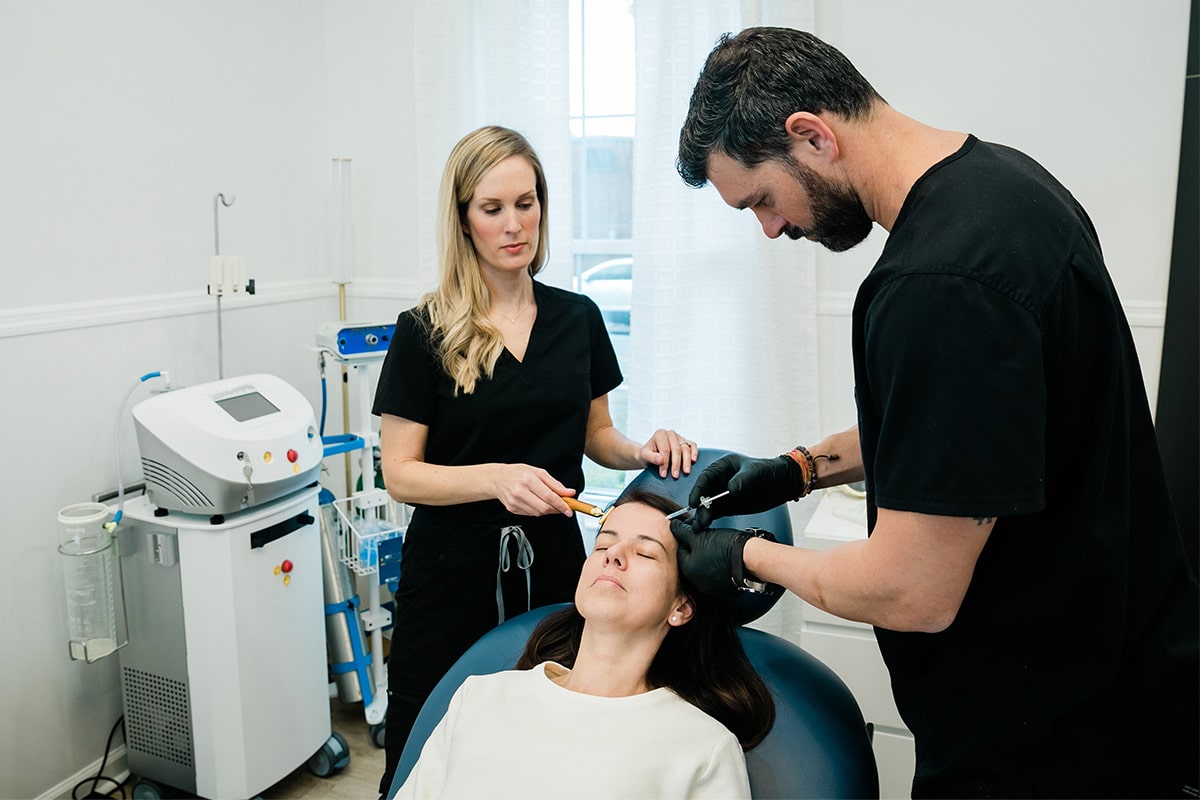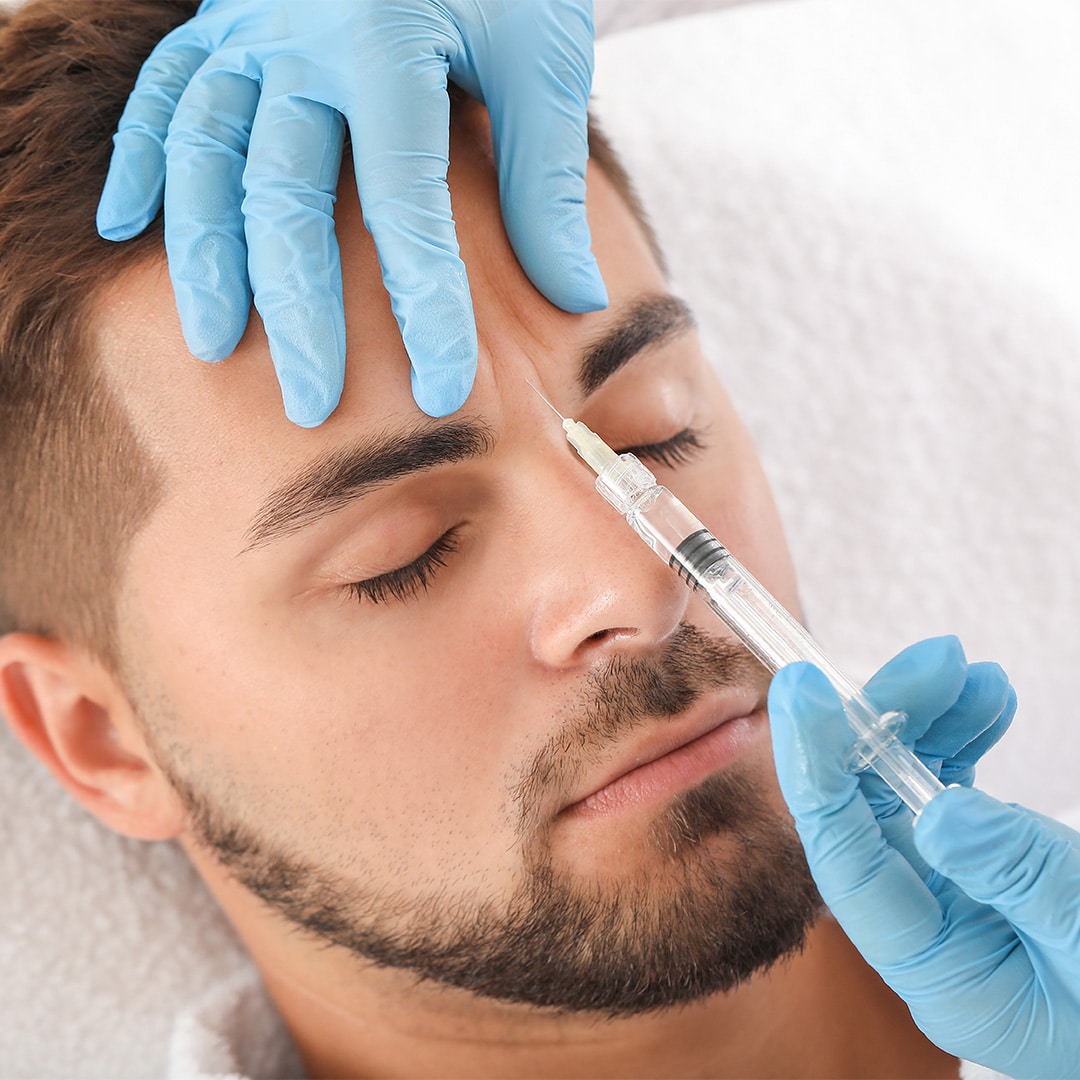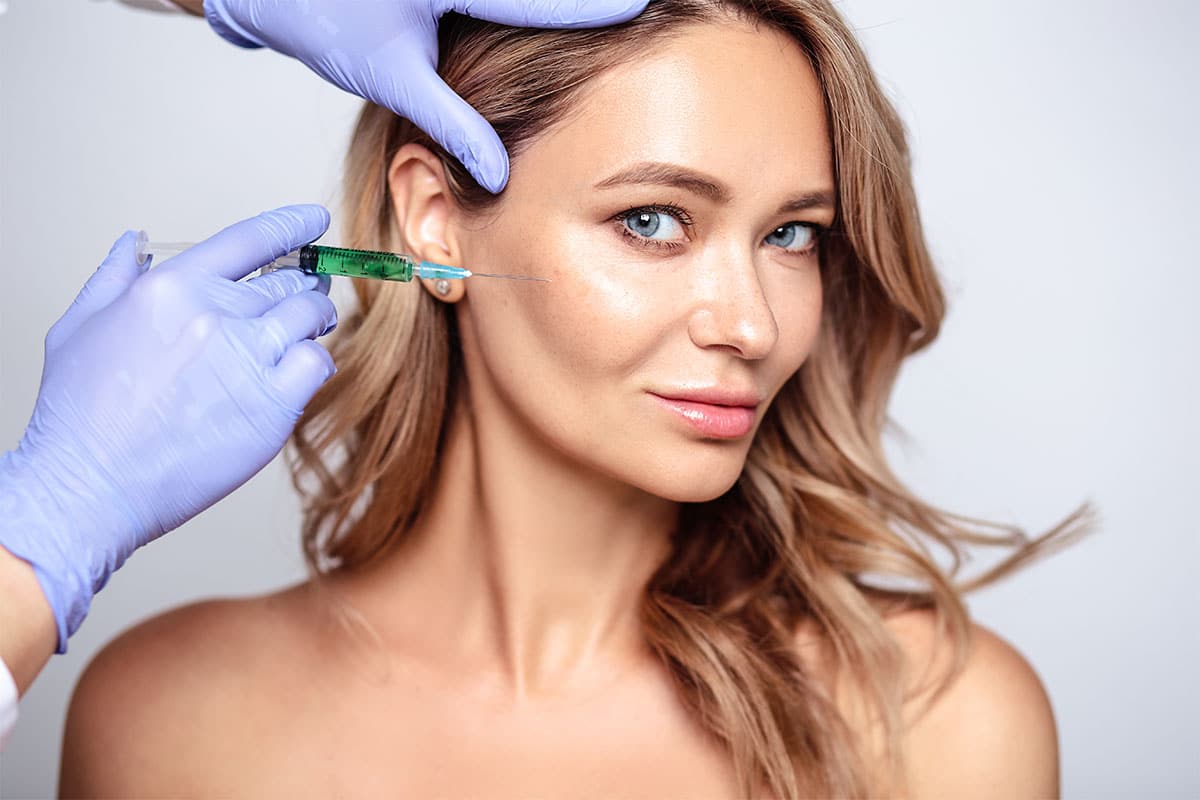
The Art of Facial Harmony: Why Integrated Botox and Filler Training is Essential for Advanced Aesthetic Results
In the evolving landscape of aesthetic medicine, practitioners are increasingly recognized not just as clinicians, but asartists. The human face, a canvas of unique contours and expressions, demands more than a technical, one-size-fits-all approach. Achieving truly exceptional, natural-looking results hinges on a deep understanding of facial harmony, a delicate balance of structure, movement, and volume. This is precisely why integrated botox and filler training is becoming indispensable for medical professionals aspiring to deliver advanced aesthetic outcomes.
Understanding Facial Harmony: Beyond Isolated Treatments
Facial harmony isn’t about erasing every line or inflating every feature. It’s about understanding the intricate relationships between different facial zones and how they contribute to an individual’s overall appearance and expressiveness. Think of it like a skilled sculptor who doesn’t just focus on one part of a statue but considers how each curve and plane interacts to create a cohesive, balanced masterpiece.
When we treat the face, we’re not just addressing isolated wrinkles or areas of volume loss. We’re influencing a dynamic system. The muscles that create expression lines (targeted by Botox) are intimately linked with the underlying soft tissues and bone structures that provide volume and support (addressed by dermal fillers). A change in one area inevitably impacts the perception of another. For instance, relaxing a hyperactive muscle in the forehead can subtly alter the brow’s position, which in turn affects the appearance of the upper eyelids. Similarly, restoring volume to the mid-face with fillers can soften nasolabial folds and even improve the appearance of the jawline.
The Synergy of Botox and Fillers: A Holistic Approach
This is where the power of integrated botox and filler training truly shines. By learning these modalities in conjunction, practitioners develop a more holistic perspective. They begin to see the face as an interconnected whole, rather than a series of separate treatment zones.
Consider the interplay between dynamic lines and volume loss. Often, a patient presents with concerns that are best addressed by a combination approach. For example, deep frown lines (the “elevens”) might be caused by overactive corrugator muscles but exacerbated by a loss of soft tissue volume in the glabella region. Treating with Botox alone might soften the lines, but the underlying depression could remain. Conversely, using filler alone might plump the area but won’t address the muscular hyperactivity, potentially leading to a less natural or shorter-lived result.
An integrated training approach teaches practitioners to:
- Assess comprehensively: Evaluate how muscle movement and volume deficits contribute together to the patient’s aesthetic concerns.
- Strategize synergistically: Develop treatment plans where Botox and fillers work in concert to achieve optimal, harmonious results. This might involve using Botox to relax certain muscles, thereby enhancing the longevity and effect of fillers in adjacent areas, or using fillers to support tissues that are also being influenced by muscle movement.
- Master nuanced techniques: Understand the different rheologies of various fillers and how they interact with tissues that are also being influenced by neuromodulators. This allows for more precise placement and natural integration of products.
Bridging the Gap: Why Separate Training Can Fall Short
Traditionally, Botox and dermal fillers might have been taught as separate modules or courses. While foundational knowledge in each is crucial, this siloed approach can sometimes leave practitioners with a fragmented understanding of facial dynamics. They might become proficient in injecting one product or the other but lack the deeper insight into how these treatments can be strategically combined for superior, more natural-looking outcomes.
Integrated botox and filler training bridges this gap. It encourages a thought process that is inherently three-dimensional and dynamic, considering both the “relaxing” effects of neuromodulators and the “volumizing” or “contouring” effects of fillers from the outset of treatment planning. This leads to a more sophisticated and artistic application of products.
Meeting Patient Expectations: The Demand for Refined Results
Today’s aesthetic patients are increasingly discerning. They seek results that are noticeable yet subtle, enhancing their natural features rather than creating an “overdone” or artificial look. They want to look refreshed and rejuvenated, not fundamentally changed. Achieving this level of refinement requires a practitioner who can artfully balance the reduction of negative lines and shadows with the restoration of youthful contours and volume – a skill best honed through a comprehensive understanding of how different injectables work together.
The ability to thoughtfully combine Botox and fillers allows practitioners to address the multifaceted nature of facial aging and achieve a truly harmonious rejuvenation. It’s about restoring balance, softening transitions, and respecting the individual’s unique anatomy and expressions.
Elevate Your Practice with Integrated Training
For medical professionals serious about excelling in aesthetic medicine and delivering the highest caliber of results, integrated botox and filler training is no longer a luxury, but a necessity. It moves beyond treating individual symptoms to addressing the face as a whole, fostering an artistic approach grounded in scientific understanding. If you are looking to elevate your skills, refine your aesthetic eye, and meet the growing demand for sophisticated, natural-looking outcomes, consider seeking comprehensive programs. Training like the Essential Injection Training at the Institute for Laser Medicine emphasizes the art and science of facial harmony through the integrated use of Botox and dermal fillers, equipping you to make a visible difference for your patients and your practice.
Read More
Considerations for Selecting Your Nurse Injector Training Program
Embarking on a career as a nurse injector is an exciting journey that requires careful planning and decision-making. As you take your first steps toward becoming a certified nurse injector, it’s crucial to choose a training program that aligns with your aspirations and ensures a strong foundation for your career. At the Institute for Laser Medicine (ILM), we understand the importance of a comprehensive and hands-on training experience. In this article, we will explore four key factors to consider when choosing a nurse injector training program, focusing on how ILM excels in each aspect. Be advised that in order to take this course, you must be a registered nurse.
Class Size:
When evaluating nurse injector training programs, class size should be at the top of your checklist. At ILM, we’ve created an intimate boutique-style class setting that guarantees unmatched 1-on-1 training from industry experts. Your success is our utmost priority, and we’re dedicated to guiding you through every step of your journey.
Curriculum Excellence:
A robust curriculum is the foundation of a successful nurse injector training program. ILM’s curriculum is meticulously designed to cover the latest advancements in injectable techniques, facial anatomy, patient assessment, and safety protocols. Our comprehensive coursework equips you with the knowledge and skills necessary to excel in the aesthetics field.
Hands-On Experience:
Theory alone isn’t enough to excel as a nurse injector. Practical experience is invaluable in building confidence and proficiency. ILM places a strong emphasis on hands-on training. Our students train on live models under the supervision of experienced instructors, ensuring that they walk away ready to excel in performing safe, effective, and in-demand treatments.
Faculty Expertise:
The caliber of the trainer is a critical factor in nurse injector training. At ILM, we take pride in our accomplished instructors who bring a wealth of experience and expertise to the training environment. ILM instructors are industry experts with a deep understanding of the field, ensuring that you receive guidance from those who are truly passionate about your success.
Selecting the Best Nurse Injector Training Program for You
Choosing a nurse injector training program is a pivotal decision that shapes your future in the aesthetics industry. By considering factors such as class size, curriculum, and faculty expertise, you set yourself up for success. At the Institute for Laser Medicine, we take pride in offering a training experience that excels in each of these areas. Our dedication to providing a comprehensive and exceptional education reflects our commitment to your growth as a skilled and confident nurse injector. As you embark on this transformative journey, know that ILM is here to support you every step of the way.
Read More
The Top Skills You’ll Learn in a Nurse Injector Training Program
In aesthetic medicine, nurse injectors are vital in helping individuals enhance their natural beauty and regain confidence. These skilled professionals undergo specialized training to develop the necessary expertise in administering injectable treatments safely and effectively. In this blog post, we will explore the essential skills and knowledge that nurse injectors acquire through a comprehensive training program, such as the one offered by the Institute of Laser Medicine (ILM). Let’s dive in!
Understanding Facial Anatomy:
A solid understanding of facial anatomy is crucial for nurse injectors. They learn about the structure and function of various facial muscles, nerves, and blood vessels. This knowledge enables them to identify critical areas for treatment and understand how different injectable products can be used to achieve desired results. Deep comprehension of facial anatomy helps nurse injectors tailor treatments to each individual’s unique needs and ensure optimal outcomes.
Injection Techniques:
One of the primary skills nurse injectors develop during training is mastering different injection techniques. They learn to administer injectables such as dermal fillers and neurotoxins with precision and finesse. Techniques like linear threading, serial puncture, and fanning are taught to achieve even distribution and natural-looking results. By honing their injection skills, nurse injectors can create subtle enhancements or dramatic transformations, depending on their client’s preferences.
Nurse Injector Training Program Safety Protocols:
Patient safety is paramount in any medical procedure, and nurse injectors are trained extensively in safety protocols. They learn about proper sterilization techniques, infection control measures, and minimizing the risk of complications. The training covers vital aspects of understanding potential adverse reactions and implementing emergency response procedures. By adhering to strict safety guidelines, nurse injectors ensure a positive and secure client experience.
Product Knowledge:
A comprehensive nurse injector training program emphasizes in-depth knowledge of various injectable products. Nurse injectors learn about different dermal fillers, their composition, and their specific applications. They also gain insights into neurotoxins like Botox and Dysport, understanding their mechanisms of action and appropriate dosages. This knowledge allows nurse injectors to select the most suitable products for each client’s needs, ensuring optimal results and patient satisfaction.
Communication and Patient Care:
Effective communication and exceptional patient care are essential skills for nurse injectors. Training programs emphasize the importance of active listening, establishing rapport, and managing client expectations. Nurse injectors learn to conduct thorough consultations, educate clients about treatment options, and address concerns or questions. By fostering a supportive and empathetic environment, nurse injectors build trust with their clients and create long-lasting relationships.
Enroll in a Leading Nurse Injector Training Program
A nurse injector training program, such as the one offered by the Institute of Laser Medicine, equips aspiring nurse injectors with the essential skills and knowledge needed to excel in aesthetic medicine. From understanding facial anatomy and mastering injection techniques to ensuring patient safety and providing exceptional care, these programs lay a strong foundation for a successful career as a nurse injector. If you have a passion for beauty, helping others, and want to make a difference in people’s lives, consider embarking on this exciting journey and joining the ranks of skilled and sought-after nurse injectors.
Read More
How to Become a Nurse Injector
You’re great at patient care. You’re just tired of the pace that leaves no room for you. If you’ve wondered whether your clinical experience could translate into a more human, creative, and flexible path, aesthetic injecting is worth a serious look. This guide shows how to become a nurse injector (step by step), grounded, practical, and aligned with the work you already do well.
ILM’s point of view is simple: mastery comes from focused, hands-on practice in boutique classroom settings, not from crowded lectures. If that resonates, read on.
What a Nurse Injector Actually Does (High-Level)
A nurse injector performs nonsurgical aesthetic treatments, most commonly neuromodulators (e.g., “Botox-type” products) and hyaluronic acid fillers, to soften lines, balance proportions, and support patient confidence. Daily work looks like:
- Consultation & assessment: medical history, facial analysis, photography, realistic goals.
- Treatment planning: product selection, dosing strategy, anatomy-first approach.
- Injection technique: safe, precise delivery using sterile technique and evidence-informed protocols.
- Aftercare & documentation: post-procedure guidance, follow-ups, and EMR notes.
The RN-to-Aesthetic Injector Pathway (Step-by-Step)
1) Verify eligibility & credentials for injectables
- Confirm eligibility: This path is for licensed medical professionals only, including nurses, nurse practitioners, physician associates, dentists, doctors, and physicians. You’ll need to provide credentials to enroll in serious training programs (including ILM).
2) Build a foundation the right way (fast, not rushed)
Aesthetic outcomes are born from anatomy + assessment + product physics. Before technique sprints, get grounded in:
- Surface and deep facial anatomy (danger zones, fat pads, retaining ligaments)
- Product science (rheology, G’/G*, crosslinking, diffusion)
- Adverse events (vascular occlusion recognition and response)
- Photography and documentation that stand up to scrutiny
Pro Tip: Choose a hands-on injectables course for nurses that bakes this into the live model work rather than splitting didactic from skill.
3) Do real injections on live models, correctly supervised
The fastest way to go from “I understand” to “I can perform” is live-model training with one-on-one mentorship in small cohorts. That’s where ILM focuses.
- You don’t need a packed auditorium; you need eyes-on guidance at the bedside.
- Technique progression typically starts with upper-face neuromodulators, then foundational filler areas (e.g., cheeks, nasolabial support) before moving into lip filler training for nurses and contour work.
- A quality course should also credit your learning. ILM’s 2-Day Botox & Filler Training includes 15.5 CNE credits.
Explore ILM’s live-model approach in the 2-Day Botox & Filler Training course.
4) Get supervised clinical exposure, shadow, then build a portfolio
- Shadow days help you see full-day clinic flow, not just isolated injections.
- Apprenticeship hours accelerate your comfort with consultation, consent, prep, injection, and follow-up.
- Build a before/after portfolio anchored in consistent lighting and angles. Include case reasoning, not just results. Hiring managers notice.
At ILM, graduates receive a complimentary shadow day at our med spa and complimentary apprenticeship hours designed to bridge training and independent practice, so you don’t “graduate” into uncertainty.
5) Keep advancing (safely)
A great injector never stops learning. After your foundation, look for:
- Advanced injectables course for nurses (perioral sculpting, chin/jawline, mid-face optimization)
- Cross-training in laser fundamentals and energy-based device safety for collaborative treatment planning
- Structured case reviews with mentors
Skills That Matter in 2025+
- Consultation finesse: Setting expectations, matching plan to anatomy and budget, and saying “not today” when appropriate.
- Anatomy-led technique: Plane selection, vectoring, aspiration strategy, and post-injection assessment.
- Safety culture: Asepsis, anaphylaxis readiness, vascular event protocols, documentation that protects you and your patients.
- Treatment planning across modalities: Knowing when neuromodulators, fillers, lasers, and skincare each play first chair.
- Photography & charting: Reproducible imaging, standardized notes, and lot tracking.
- Team medicine: Seamless coordination with medical directors, aestheticians, and front-of-house.
- Ethics & boundaries: Patient suitability, informed consent, and referral when needed.
Why Hands-On Matters (ILM’s Point of View)
You can watch 100 hours of lectures and still feel shaky with a needle in your hand. That gap closes when you inject under expert eyes, on real people, in a boutique-style classroom setting, with room to ask “Why this plane?” and “How would you pivot if…?”.
ILM’s boutique model prioritizes:
- Live-model reps that match real-world scenarios
- One-on-one mentorship for fine motor adjustments you can feel, not just hear
- Small group dynamics so your questions aren’t lost to a crowd
- Immediate feedback loops that turn technique into instinct
If you’re an overworked medical professional, you don’t need another passive seminar. You need guided practice that respects your time and accelerates confidence.
Choosing the Right Program: A Quick Evaluation Checklist
Use this to vet any botox and filler training for nurses:
People
- Instructor credentials and current clinical practice
- Student-to-instructor ratio (ask the real number)
- Direct mentorship vs. “walk-by” supervision
Curriculum
- Live-model hours (not just demos)
- Foundation + safety protocols + complication management
- Progression structure (from neuromodulators to foundational filler to lips)
Experience
- Boutique class size
- One-on-one guidance for technique correction
- Photography, charting, and case presentation practice
After the course
- Shadow opportunities
- Apprenticeship or clinic transition support
- Clear documentation for credentialing/medical director conversations
- CE/CNE credits with a reputable provider
Logistics
- Transparent model policies and product usage
- Location, schedule, and pre-course prep
Check most boxes above, and you’re on a strong RN to aesthetic injector pathway.
The ILM Advantage (Boutique Differentiators)
- Boutique classroom setting & one-on-one guidance: Small cohorts mean you’re seen. Instructors correct your hand position, angle, and depth in the moment.
- Live-model training for real-world confidence: Reps on live models, not just simulations, build decision-making you can take with you.
- Premium, career-elevating learning environment: Professional photography standards, charting habits, and workflow design to match high-end practice expectations.
- Mentorship culture & practical readiness: Complimentary shadow day at our med spa and complimentary apprenticeship hours help you bridge from course to clinic.
- 15.5 CNE credits: Earn meaningful credit while you train. Evidence that you invest in safe, competent practice.
Learn more and book your seat in ILM’s hands-on Botox & Filler training.
Career Outcomes & Next Steps
Where nurse injectors work: medical spas, dermatology clinics, plastic surgery practices, concierge aesthetics, and multidisciplinary wellness centers. Roles range from injector to clinical educator or practice lead, depending on your background and goals.
How to stand out:
- Present a tidy case portfolio with lighting consistency and concise clinical notes.
- Speak fluently about safety protocols and anatomy rationales (“why this plane, why this product”).
- Show a plan for ongoing education: advanced injectables, laser safety, consultation mastery.
- Be collaborative. The best aesthetics teams are cross-disciplinary, respectful, and patient-centered.
Practical next steps: Book training, complete your shadow day, and line up apprenticeship hours to keep your hands moving. Then, lock in a part-time clinic shift while you grow your panel. Momentum beats perfection. Start your transition into aesthetics with our boutique essential-and-advanced curriculum in the 2-Day Botox & Filler Training course.
Conclusion
If you’re an overworked medical professional looking for a career change with more personal fulfillment, nurse injecting offers a way to blend clinical rigor with artistry and human connection. The path isn’t mysterious: verify your eligibility, train hands-on with live models, work in small cohorts with one-on-one mentorship, then keep building real-world reps through shadow and apprenticeship.
When you’re ready to move from curiosity to competency, ILM’s boutique approach is built for you.
Ready to break into medical aesthetics? Book your seat in an upcoming 2-Day Botox & Filler Training course, featuring live models, one-on-one mentorship, 15.5 CNE credits, a complimentary shadow day, complimentary apprenticeship hours, and more.
Read More